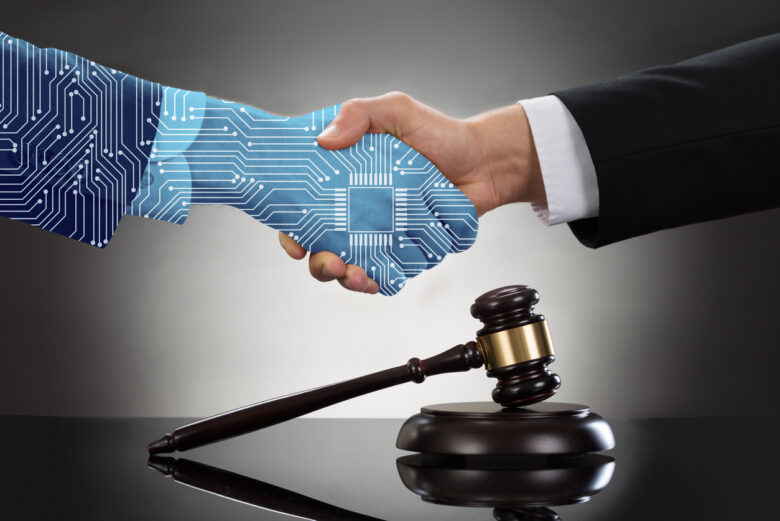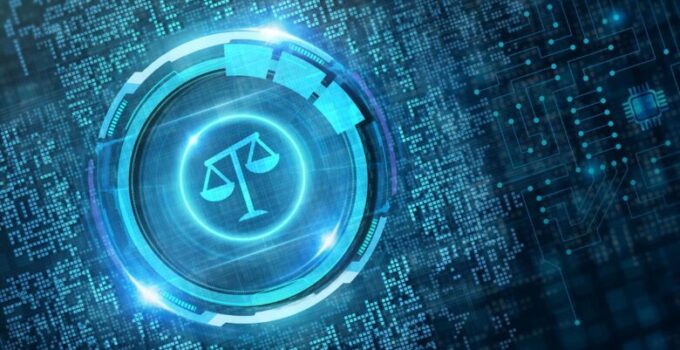Technology development changes so many industries and areas we sometimes can’t really keep up with everything. So, today, our topic covers a legal-related matter and how the digital revolution affects the way some cases are resolved.
But before proceeding, let’s briefly explain that legal speed is the pace at which some cases are handled, from the initial filing of a lawsuit to the final decision. On the other hand, litigation is the process of resolving a legal case through a court, which is a time-consuming and complex procedure.
So, legal companies like Vogel LLP and similar are embracing the digital revolution so they can work more effectively and help more clients at a time.
Now, let’s explain the legal terms better:
What is Legal Speed?

Source: istockphoto.com
As mentioned, legal speed is all about the time frame around a legal case. It starts with the lawsuit, which is the actual beginning of the process, and it ends with the final resolution.
In the meantime, things like filing and responding to pleadings, preparing for trials, negotiating settlements, and enforcing judgments – all contribute to the way a case is resolved.
Sometimes, it takes just a few weeks to resolve, but in more complex cases, it may take years. Digitalization surely helps optimize the process, but it all depends on the case’s type and complexity.
What is Litigation?
Litigation involves all the processes around resolving a legal dispute through the courts, and that’s what makes cases complex and time-consuming.
Technology surely helps to streamline most of the legal processes, making litigation faster and more efficient.
So, how has technology changed all these things?
Let’s identify the essential areas of development.
The Rise of eDiscovery (Electronic Discovery)
This one is probably the most significant change you can spot in the legal area. eDiscovery is the process of identifying, collecting, reviewing, and connecting data to a relevant legal case. Just imagine, it was all a manual process for decades until the software replaced thousands of hours of searching for the essential documents and evidence to tie to the case.
These days, eDiscovery is even more improved as a result of AI implementation. It helps with quickly identifying relevant data from large volumes of electronic documents and summarizing the contents for more efficient ligation.
New Technologies for Trial Preparation

Source: medium.com
Preparing for trials surely takes time, effort, and plenty of nerves. It’s not really easy to work with someone who is guilty in some cases or with those who file a lawsuit. Still, legal experts should work for their clients and prepare for trials accordingly.
While in the past, things were similar like in the movies – representing evidence on boards – today, everything is presented through screens. That way, everyone saves time, not dealing with paper, photos, and the actual evidence pieces.
As a result, lawyers prepare an effective presentation that is completely tailored to represent their client, display complex evidence concisely, and highlight key elements of the case. At the same time, all those notes are available in one place, and everyone can quickly access them during the trial.
It also helps with collaboration with other legal experts who can support the lawyer in a specific case.
Other Ways Technology is Accelerating Legal Speed
There are many other ways the technology is affecting legal speed. For example, some courts will let the parties schedule hearings electronically and provide the documents using cloud systems.
Of course, we must know that for now, the application of technology is possible in a limited number of cases, and many elements are solved and managed manually. But that doesn’t mean it won’t change in the future.
That way, they encourage online dispute resolution where possible because going to court takes plenty of time for everyone involved in the process. Cloud technology helps with storing and managing legal documents, letting the administrative workers sort them following different criteria.
The Impact of the Digital Litigation Revolution

Source: lawyer-monthly.com
Just like every other area, digital litigation becomes more efficient and effective, resolving more cases resolved in a shorter period.
For the lawyers and court employees, that means reduced workloads, increased efficiency, and improved ability to serve more clients. For the clients, digital litigation means easily providing documents and evidence, tracking the case status, and improving access to justice.
Overall, digital litigation has a positive effect on the legal industry. Still, some cases require more physical work than others. In those cases, technology is only partially applicable and may take more time to handle.
What to Expect in the Future?
The future is pretty unpredictable, but there are some things we are almost sure will happen. For example, the role of eDiscovery in trial preparation will become even more important, especially using AI to predict patterns or automating some data tasks.
As new technologies emerge daily, we are sure that the legal area will embrace most of them. Surely, some lawyers only accept challenging and complex cases to build their reputation, but legal speed also means building trust and authority.
One thing is for sure – the future of digital litigation is indeed very bright, as case handling becomes efficient, faster, and more accessible for everyone involved in the process.
The Final Thought

Source: digitaldefynd.com
Legal processes can be complex and time-consuming for both lawyers and clients, but also for the court administration and the judges themselves. Optimizing cases is necessary, especially when it comes to presenting a large amount of evidence that should facilitate a verdict, settlement, or just resolve the case in which all these parties are involved.
Digitization is an inevitable process. Although many resist because they are afraid of technology, they soon realize that there is no more efficient way to store many electronic documents and find what they need at any time. And, of course, that whole process only takes a few seconds instead of hours of searching through folders.
Of course, there are still many aspects of the work that could be improved in any way. However, the adoption of technology is another step forward in transforming the legal industry, the work of lawyers, and, of course, how the courts work.




